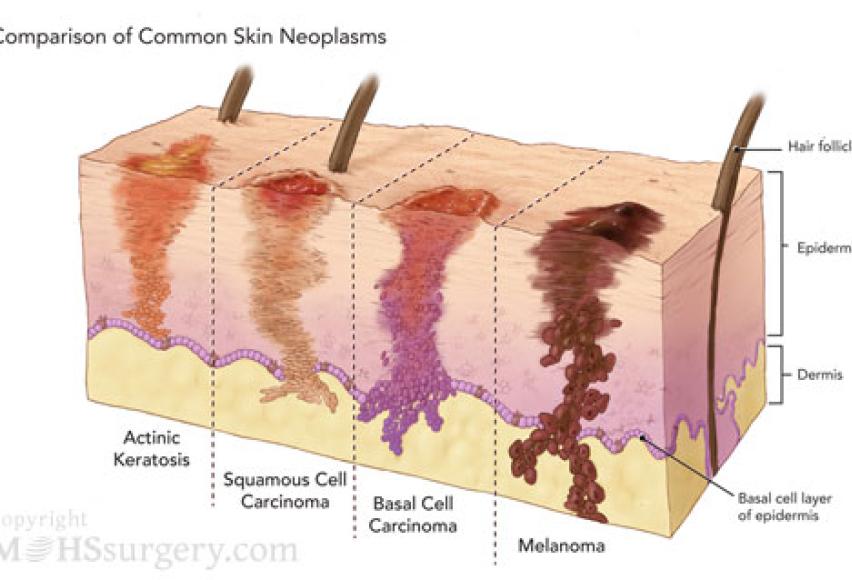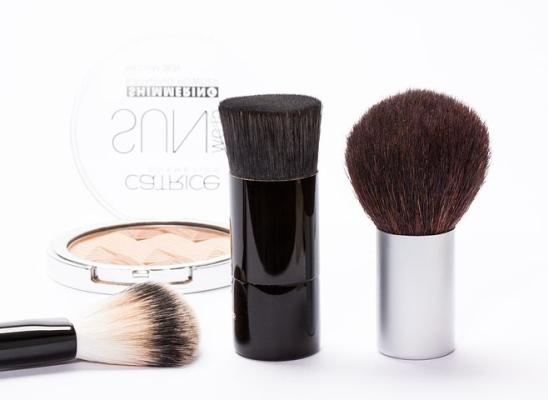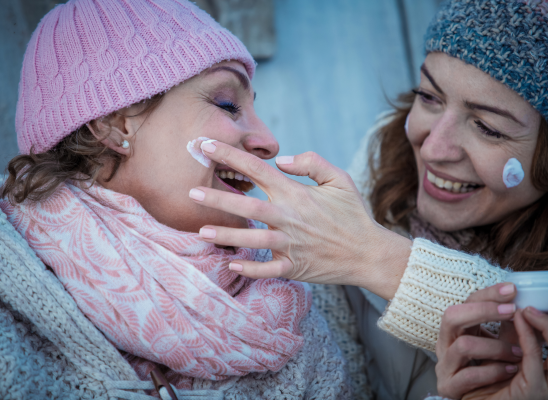Can skin picking lead to skin cancer?

Online test
Find out the severity of your symptoms with this free online test
The severity of skin picking differs for everyone. For some it can be so severe that is causes severe scarring and sometimes even infection. This causes great distress for the individual and a question or concern that often comes up is - can skin picking lead to more serious skin conditions like cancer?
What is skin cancer?
Skin cancers are cancers that arise from skin. They are due to a development of abnormal cells that have the ability to invade or spread to other parts of the body. There are three main types or cancer: basal-cell cancer (BBC) squamous-cell skin cancer (SCC) and melanoma. The first two together along with a number of less common skin cancers are known as no melanoma skin cancer (NMSC). Basal-cell cancer grows slowly and can damage the tissue around it but is unlikely to spread to distant areas or result in death. It often appears as a painless raised area of skin that may be shiny with small blood vessel running over it or may present as a raised area with an ulcer. Squamous-cell cancer is more likely to spread. It usually presents as a hard lump with a scaly top but may also form an ulcer. Melanomas are the most aggressive. Signs include a mole that has changed in size, shape, color, has irregular edges, has more than one color, is itchy or bleeds.
Symptoms of skin cancer
While symptoms of basal cell or squamous cell carcinoma vary, an unusual skin growth, bump or sore that doesn't go away may be the first indication of a non-melanoma skin cancer. Basal cell carcinomas on the head or neck may first appear as a pale patch of skin or a waxy translucent bump. It may be possible to see blood vessels in the center of the bump or there may be an indentation in the center. If the carcinoma develops on the chest it may look more like a brownish scar or flesh-colored lesion. As the cancer develops, it may bleed if injured or ooze and become crusty in some areas.
Squamous cell carcinomas may also develop as a lump on the skin. However, these firm lumps may be rough on the surface, unlike the smooth and pearly appearance of a basal cell carcinoma. If a nodule doesn't form, the cancer may develop more like a reddish scaly patch. Whereas a skin rash may go away with time, these rough lesion-like patches remain and continue to develop slowly. This type of cancer typically is found on the head, neck, hands or arms, but they can also develop in other areas, such as the genital region or in scars or skin sores.
However, both basal cell and squamous cell carcinomas may also develop as a flat area that does not look much different from normal skin, so it is important be aware of the symptoms of skin cancer and discuss any changes with your doctor.
Symptoms of skin picking disorder

Common signs and symptoms of dermatillomania include but are not limited to:
- Recurrent skin picking resulting in skin lesions
People with skin picking disorder have a compulsion to pick their skin frequently, often resulting in tissue damage, sometimes even infection. The impulse or urge to pick is so strong, some describe the experience as similar to that of a substance addiction.
- Repeated attempts to decrease or stop skin picking
One of the main differentiating criteria between dermatillomania and other conditions like obsessive compulsive disorder (OCD) and body dysmorphic disorder (BDD) is that the person is cognitively aware that the picking is undesirable and therefore tries to stop picking. One of the signs of a skin picking disorder is therefore a history of failed attempts to stop picking.
- The skin picking causes clinically significant distress or impairment in social, occupational, or other important areas of functioning
Despite the instant gratification experienced when picking, the person is acutely aware that what they are doing is destructive, and this causes them great distress. A key symptom of skin picking disorder is that immediately following picking, the person experiences intense shame and guilt about their behaviour. There is a desire to stop picking, but the inability to resist the impulse to pick, and this further reiterates feelings of guilt, as well as feelings of failure. Another sign is that often the impulse to pick encroaches on the person’s day to day functioning, particularly in severe cases when picking occurs more frequently. Skin pickers often report spending large amounts of time picking, causing them to be consistently late or to miss social events all together. In cases where the person experiences the urge to pick strongly at a time when they are unable to pick (e.g. in the company of others) they may find it difficult to concentrate. The damage caused by the skin picking is also a great source of embarrassment and shame, often resulting in the individual avoiding social situations where their scars may be more visible such as the beach, poolside or gym. In severe cases the person may become completely isolated from society in an attempt to prevent others seeing the damage they have caused to their skin. Another sign of this is that people with skin picking disorder often dress inappropriately for the weather. When the picking site is on the arms, neck or legs, attempts to hide these areas are made by wearing turtle necks or long sleeves despite the hot weather.
- The skin picking is not attributable to the physiological effects of a substance (e.g., cocaine) or another medical condition (e.g., scabies)
Some substances induce a physiological reaction on the skin such as itching or burning. If the person repetitively scratches at an itchy skin, this is not recognised as a skin picking disorder. If however, after the physiological skin condition subsides and the person continues to pick or scratch at the site, a skin picking disorder may have developed.
- The skin picking is not better explained by symptoms of another mental disorder
Some mental disorders result in psychosis characterised by tactile hallucinations. In these cases the person experiences a physiological reaction on the skin which is not there, such as the sensation of something crawling on the skin, itching or burning. This can lead to repetitive scratching, rubbing or picking to the point of tissue damage. In these instances, skin picking disorder is considered a diagnosis. Other conditions such as body dysmorphic disorder cause the person to have perceived flaws in their physical appearance which causes them psychological distress. In these cases the person may repetitively pick at the skin in an attempt to remove the perceived imperfection. This behaviour is therefore not viewed as destructive in purpose. Skin picking disorder also bears a striking resemblance to non-suicidal self-injury. However in these cases the person consciously intends to harm the body. People with skin picking disorder may consciously pick at the skin, but never with the view to harm the body, although this inevitably does occur. The desire to stop picking is therefore a fundamental criterion for the diagnosis of dermatillomania. Finally, stereotypic movement disorder whereby the person displays a pattern of repetitive stereotypical behaviours may also often present with skin picking, rubbing or scratching. The presence of this diagnosis is also an exclusionary factor when querying a diagnosis of dermatillomania.
It is clear that there is no link between cancer and skin picking, skin picking cannot lead to cancer or vice versa. The two does not share the same signs or symptoms whatsoever.
Online test
Find out the severity of your symptoms with this free online test
Start your journey with SkinPick
Take control of your life and find freedom from skin picking through professional therapy and evidence-based behavioral techniques.
Start Now



